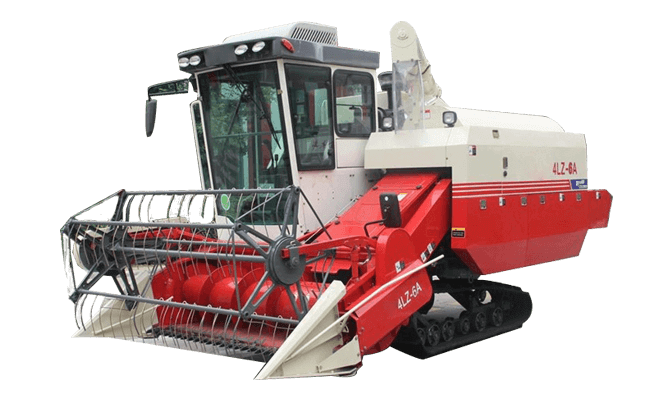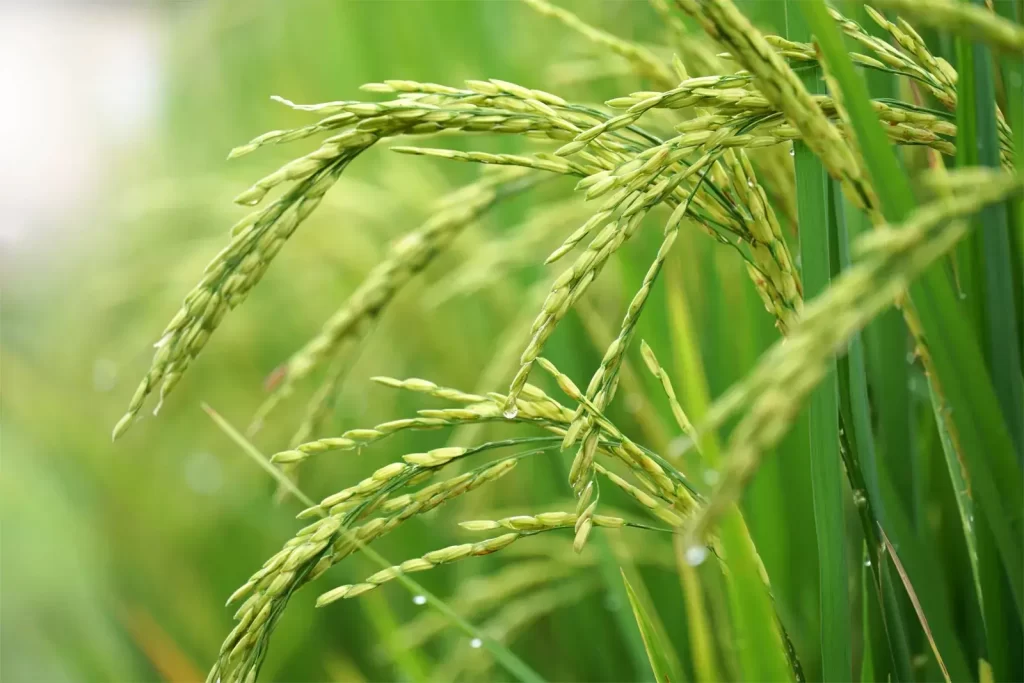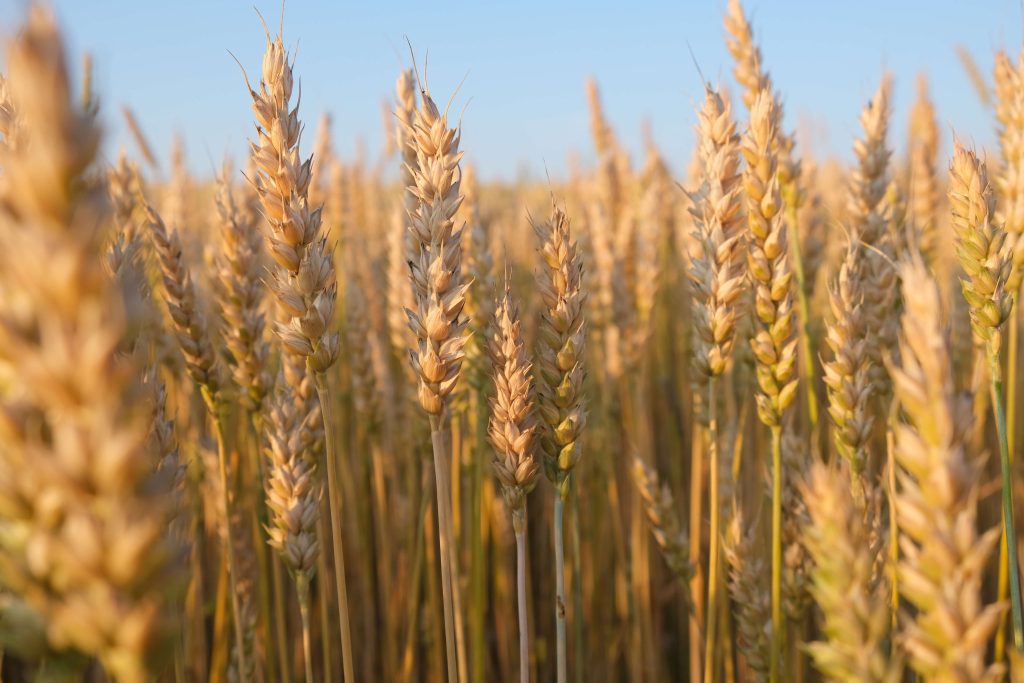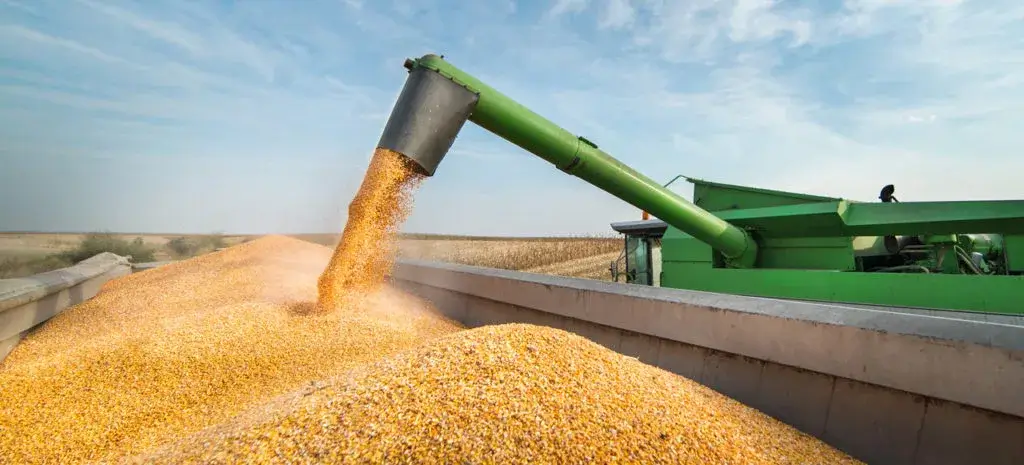As agriculture advances, mechanized harvesting has become essential for improving efficiency and yield. While it might seem logical to use a single machine for various crops, rice and wheat harvesters are designed with distinctly different specifications. This blog will explore why a “one-size-fits-all” approach doesn’t work, by breaking down the biological, physical, and environmental differences between rice and wheat—and how these differences shape the design of harvesting machinery. We’ll also provide a point-by-point guide to understanding what each type of harvester is built to handle and why the distinction matters for productivity, maintenance, and crop integrity.
So, why can’t one machine harvest both rice and wheat effectively? The core issue lies in the differences in crop structure, moisture content, field conditions, and post-harvest processing needs. Rice fields are often waterlogged and the plant structure is more delicate, requiring machines with rubber tracks, floating cutters, and gentler threshing mechanisms. Wheat, on the other hand, grows in drier soil and is typically sturdier, allowing for heavier, more rigid machinery optimized for dry stalks and grain separation. Using the wrong machine not only reduces efficiency but risks damaging both the crop and the equipment.
Curious about how rice’s sensitivity to field conditions and wheat’s resilience influence every nut and bolt of modern harvesters? Want to understand why harvest losses skyrocket when the wrong machinery is used? Read on as we dissect these critical differences with a science-based, machinery-focused lens that will empower farmers and agribusiness professionals to make smarter investments in their harvesting fleets.
Contents
1. Understanding the Difference Between Choosing a Rice and a Wheat Harvester
Choosing the right combine harvester isn’t just about brand or horsepower—it’s about knowing your crop, your field conditions, and your farming goals. For many farmers transitioning between rice and wheat production, or operating in mixed-crop regions, the question arises: Can one harvester do both? Or should they invest in crop-specific machinery? While both harvesters may look similar at first glance, they are designed to meet very different challenges. This blog dives into the real-world differences between rice and wheat harvesters, and how to avoid common mistakes in machine selection.When choosing a combine harvester for rice or paddy harvesting, it’s important to consider the condition of the land. For large and dry fields, a wheel-type harvester is often the better option. These machines offer faster operation speeds and typically come with a wider cutting width, making them ideal for covering extensive areas efficiently.
However, in smaller or waterlogged fields, a crawler or track-type harvester is more appropriate. Wheel-type models are generally too heavy for muddy terrain, increasing the risk of the machine getting stuck or causing damage to the field. Track-type harvesters distribute weight more evenly, allowing them to navigate soft ground with better stability and mobility.
Rice Fields: Often flooded or water-retentive, requiring low ground pressure and high flotation. Rice harvesters use wide rubber tracks to avoid sinking.Wheat Fields: Generally dry, allowing use of wheeled harvesters. Traction is less of an issue.Machine Impact: A wheeled wheat harvester can get stuck or damage a wet paddy field, while a tracked rice harvester may be overkill on firm soil.


2. Crop Characteristics Shape the Machine Design
Rice and wheat may both be grains, but their harvesting conditions are worlds apart. Wheat is usually grown in relatively dry, firm soil, harvested in a short time window when moisture levels are low. This means wheat harvesters are built for speed, clean cutting, and grain separation efficiency. Their cutting bars, threshing drums, and sieves are optimized for smaller, drier kernels and lighter straw.
Rice, on the other hand, is typically grown in wet, muddy fields, especially in traditional or semi-irrigated systems. This presents a different mechanical challenge: higher moisture, heavier straw, and a greater chance of lodging. As a result, rice harvesters often feature stronger feeding mechanisms, wider tracks for better flotation, and specialized threshing and cleaning units designed to reduce grain damage in sticky, humid environments. Using a wheat harvester in a paddy field isn’t just inefficient—it can lead to equipment damage, excessive slippage, or getting stuck entirely.
Rice: High grain moisture (20-25%) requires a gentle, high-speed threshing drum to avoid cracking the kernels.Wheat: Lower grain moisture (12-14%), permitting a slower drum and stronger beaters for effective separation.Mechanical Design: Rice harvesters include axial-flow threshing with fine-tuned controls. Wheat machines use tangential-flow systems with robust sieves.
Rice: Delicate stems need flexible headers and low-cut positioning. Cutter bars must float to accommodate uneven, wet terrain.Wheat: Stiffer stalks and uniform terrain allow for higher-mounted headers and rigid frames.Adaptation Need: A wheat header may clog or damage rice crops, while a rice header may be inefficient in wheat.


3. Grain Separation and Cleaning Systems
Another major difference lies in the threshing and separation system of the harvester. Rice grains are more prone to breakage and require gentler handling, especially when moisture levels are high. Therefore, rice harvesters are equipped with low-speed threshing drums and adjustable concave clearances to minimize damage and loss. Their cleaning systems also handle the heavier chaff and straw typical of rice fields, ensuring a clean final grain.
Wheat, being drier and less delicate, can tolerate a more aggressive threshing setup. Wheat harvesters typically operate with higher drum speeds and tighter concave settings, which help achieve better grain separation and throughput. If you attempt to harvest rice with a wheat-specific machine, you may experience excessive grain cracking, poor cleaning, and high levels of grain loss—ultimately affecting your profitability.
Rice: Requires precision cleaning systems to remove husk and fine debris. Needs gentle grain handling to prevent breakage.Wheat: Simpler cleaning systems suffice; grain is more robust.Machine Feature: Rice machines have multi-stage sieves and air flow adjustments; wheat systems prioritize throughput.
4. Land Conditions: The Hidden Decider
One of the biggest pain points farmers face is not matching their harvester to the land. Many make the mistake of focusing only on the crop type without considering the physical condition of the field during harvest. If you’re working with wheat on level, dry plains, a wheel-type harvester will do the job perfectly—it’s fast, covers large areas quickly, and offers good maneuverability.
However, if you’re harvesting rice in wetland or soft soil, that same wheel-type machine could become your worst enemy. Crawler-type harvesters or models with wide rubber tracks are essential here, offering better weight distribution and traction to avoid sinking into mud. This isn’t just about performance—it’s about avoiding downtime, machine damage, and frustrated labor during harvest season. Ignoring this factor is one of the most common and costly mistakes in harvester selection.
Rice: Straw is often retained for mulching or re-flooding. Choppers must be fine and even.Wheat: Straw may be baled or burned. Choppers can be coarser.Machinery Configuration: Rice harvesters include adjustable choppers and rear spreaders for moist environments.

5.Machine Weight and Structure
Rice Harvesters: Built lighter to prevent soil compaction. Use stainless or corrosion-resistant parts.Wheat Harvesters: Heavier frame and larger fuel capacity for continuous operation in larger fields.Durability vs. Flexibility: Rice harvesters prioritize maneuverability; wheat machines focus on endurance.
Rice: Needs faster operation in narrow harvest windows to prevent lodging and spoilage.Wheat: More flexible timing and longer harvest windows.Operational Planning: Machine scheduling and efficiency vary drastically between the two crops.
Rice: Needs careful storage and drying to prevent spoilage.Wheat: Easier to store immediately with less processing.Machine Integration: Rice harvesters often pair with mobile dryers; wheat systems link directly to silos.
Rice Harvesters: More complex components lead to higher cost.Wheat Harvesters: Simpler but larger; cost driven by scale rather than technology.Budget Planning: Choosing the wrong machine can double operational costs or damage market value.
Hybrid and Multi-Crop Models:Some manufacturers offer adaptable harvesters with interchangeable headers and adjustable threshing drums.However, performance still favors crop-specific machines in high-output environments.Best Use Case: Hybrid models for small-scale, diverse farms—not large-scale mono-cropping.

Is a Multi-Crop Harvester the Answer?
Many manufacturers now offer multi-crop combine harvesters that can be adjusted for both rice and wheat. These machines come with interchangeable sieves, adjustable drum speeds, and flexible feeding systems. While they provide convenience, they still come with trade-offs—namely, higher upfront costs and more complex maintenance. Also, switching settings and components between crops takes time and know-how, which can be a hurdle for smaller farms or those with limited technical support.
If you’re running a mixed cropping system and have a skilled operator, a multi-crop machine could be a good investment. But if you’re focused primarily on one crop—or if your fields vary widely in condition—it’s often better to choose a dedicated harvester optimized for that crop and terrain.
Conclusion
Rice and wheat differ significantly in their biology, growing conditions, and harvest requirements—making crop-specific harvesting machinery not just beneficial but essential. A machine optimized for wheat will struggle in a wet rice paddy, and a rice harvester’s precision may be wasted in dry, resilient wheat fields.
For those seeking reliable, high-efficiency harvesting solutions, MINNUO Agricultural Machinery offers purpose-built harvesters tailored to the unique challenges of rice, wheat, and other crops. With advanced engineering, customizable features, and full-service support, MINNUO is a partner worth choosing for farms aiming to reduce loss, increase yield, and modernize their harvest operations.

